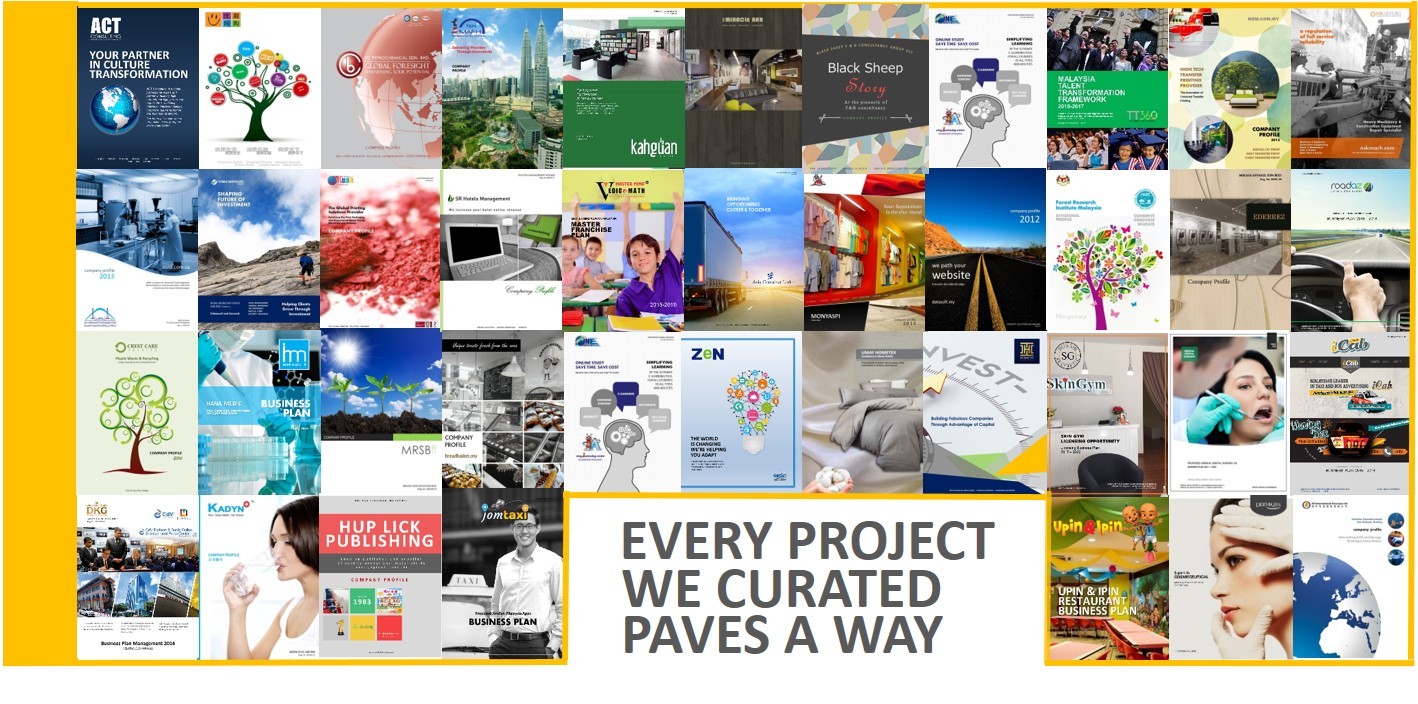 Last year was rough for luxury brands. While mass fashion labels and retailers began to feel the effects of the recession as early as 2007, luxury retailers were isolated for a bit longer. Those circumstances made 2009 a challenge.
Last year was rough for luxury brands. While mass fashion labels and retailers began to feel the effects of the recession as early as 2007, luxury retailers were isolated for a bit longer. Those circumstances made 2009 a challenge.That’s why very few gained value on Millward Brown Optimor‘s annual list of the World’s Most Powerful Brands, released this morning. (A little background: Millward Brown is part of WPP, a massive company that’s made up of a bunch of advertising firms, including Grey and Ogilvy & Mather. Optimor does brand analysis for many of these firms.)
Fashionista chatted with Millward Brown Optimor director Pierre Dupreelle, who worked on the list. Dupreelle explained that while the luxury category was down overall by 3%, it’s still an exciting place to be. Brands like Burberry and Prada–which didn’t make the top ten this year–made strides in digital marketing. What’s more, brands like Louis Vuitton and Hermes actually did better than last year.
Why is that? Well, brands that focused on heritage and history instead of high fashion did better. Louis Vuitton’s travel campaign, Gucci’s appraisal partnership with Christie’s and Hermès’ sponsorship of a horse competition in Paris served them well. “They’ve been very quick to respond and recenter their brand positioning.”
Here are the top ten most powerful luxury brands in the world, according to Millward Brown:
1. Louis Vuitton
Last year’s ranking: 1
Overall Brand Value: up 2% to $19.78 billion Louis Vuitton’s focus on its heritage as a travel brand helped it to retain its core customer–the jet setter.
2. Hermès
2. Hermès
Last year’s ranking: 2
Overall Brand Value: up 8% to $8.46 billion The majority of Hermès is still family-owned (71% is family; 29% is public shares), which means it has the luxury of taking risks when it wants to and staying the course when it doesn’t. For instance, the company–which also owns shoemaker John Lobb–chose at the end of 2009 to buy Shang Xia, a new brand based in China tailored to the Chinese consumer. What’s more, not only does the company charge far more for its handmade leather bags than its competitors, it also keeps tight control on who can sell those bags. (That’s why you shouldn’t find Hermès leather goods anywhere but its own retail boutiques.) This year, the firm also chose to focus on its heritage, sponsoring a horse competition in Paris.
3. Gucci
Last year’s ranking: 3 3. Gucci
Overall Brand Value: up 2% to $7.59 billion Gucci’s partnership with Christie’s–in which the firm appraises vintage Gucci luggage and handbags–gave it a one-up on its competitors. Now, the PPR-owned luxury goods maker has a tighter control its secondary market.
4. Chanel
4. Chanel
Last year’s ranking: 4
Overall Brand Value: down 11% to $5.55 billion Chanel’s dip in brand value is a sign of the times, according to Millward Brown Optimor director Pierre Dupreelle. During the recession, consumers turned to more practical products. While Chanel still attracted many with its classic quilted bags, cosmetics and fragrances, those determined to buy just a few investment pieces stayed away from the ready-to-wear. However, Dupreelle feels that consumers are looking for some newness in 2010, which Karl Lagerfeld always brings to the runway. He predicts the fashion house will see an uptick over the next couple of years.
5. Hennessy
5. Hennessy
Last year’s ranking: 6
Overall Brand Value: down 1% to $5.37 billion This LVMH-owned cognac brand is ultra popular in China.
6. Rolex Last year’s ranking: 5
Overall Brand Value: down 14% to $4.74 billion Rolex, along with many other high-end watch and jewelry makers, suffered greatly throughout the recession.
7. Moët & Chandon
6. Rolex Last year’s ranking: 5
Overall Brand Value: down 14% to $4.74 billion Rolex, along with many other high-end watch and jewelry makers, suffered greatly throughout the recession.
7. Moët & Chandon
Last year’s ranking: 8
Overall Brand Value: down 12% to $4.28 billion While it’s not as strong as it once was, Moët is still the top champagne brand.
8. Cartier
8. Cartier
Last year’s ranking: 7
Overall Brand Value: down 19% to $3.96 billion Cartier’s dip in sales affected its ranking. The Richemont-owned brand reported lower sales through its own boutiques and a more severe decline in sales to third party retailers.
9. Fendi
9. Fendi
Last year’s ranking: 9
Overall Brand Value: down 8% to $3.20 billion Fendi, which is pretty much only known for its string of hit “It” bags here in the US, has an incredible presence in Asia. LVMH is aiming to position the brand, whose ready-to-wear line is designed by Karl Lagerfeld, as its answer to Gucci.
10. Tiffany & Co.
10. Tiffany & Co.
Last year’s ranking: unranked
Overall Brand Value: up 6% to $2.38 billion While Tiffany didn’t even rank on last year’s list, the brand was heralded in 2009 for its refusal to discount, as well as its plans for expansion in both Asia and Western Europe.
Source: Millward Brown Optimor


No comments:
Post a Comment